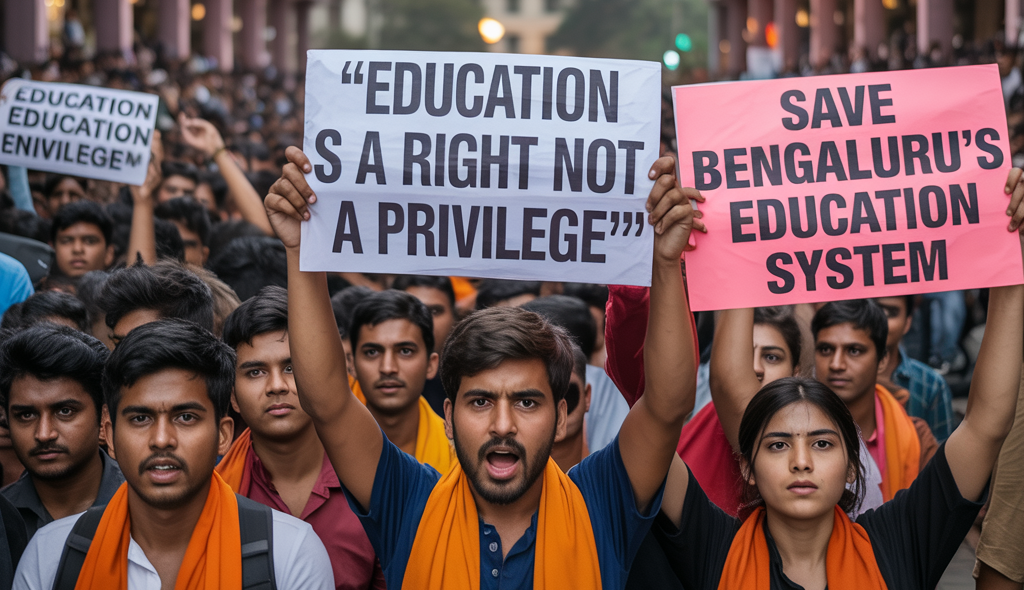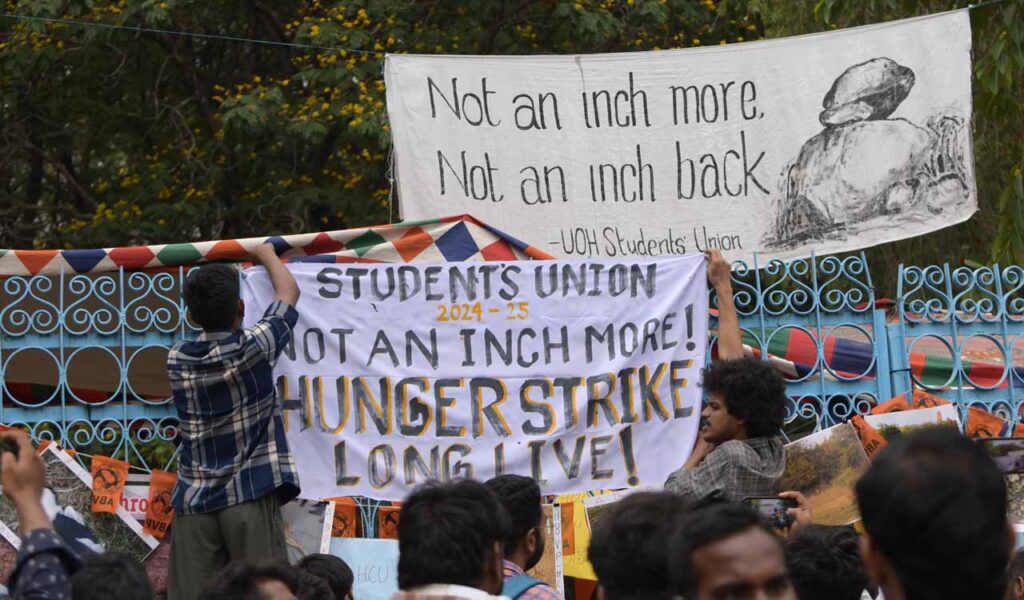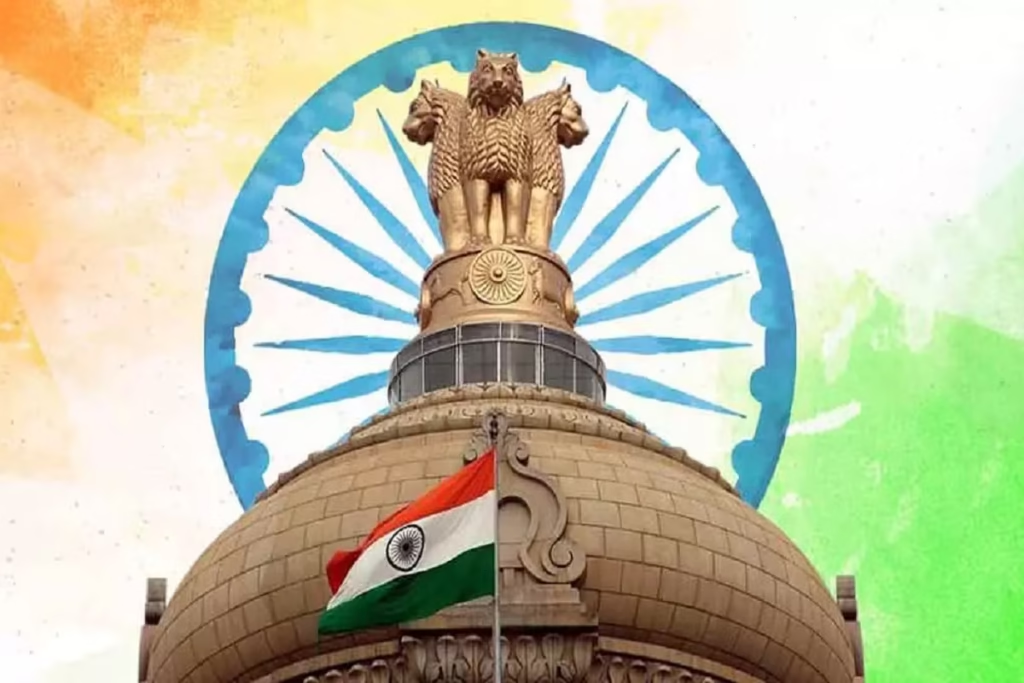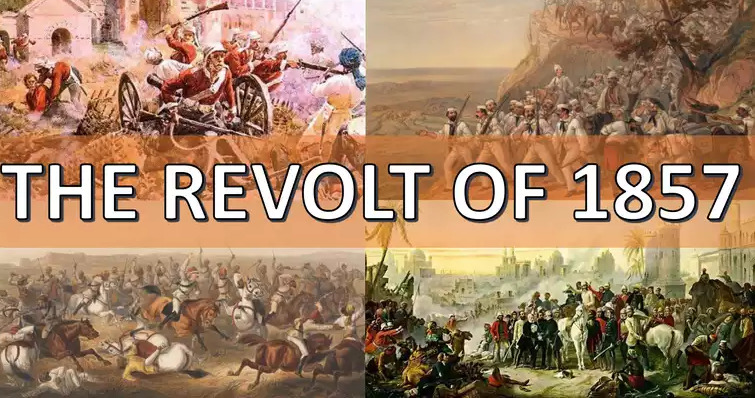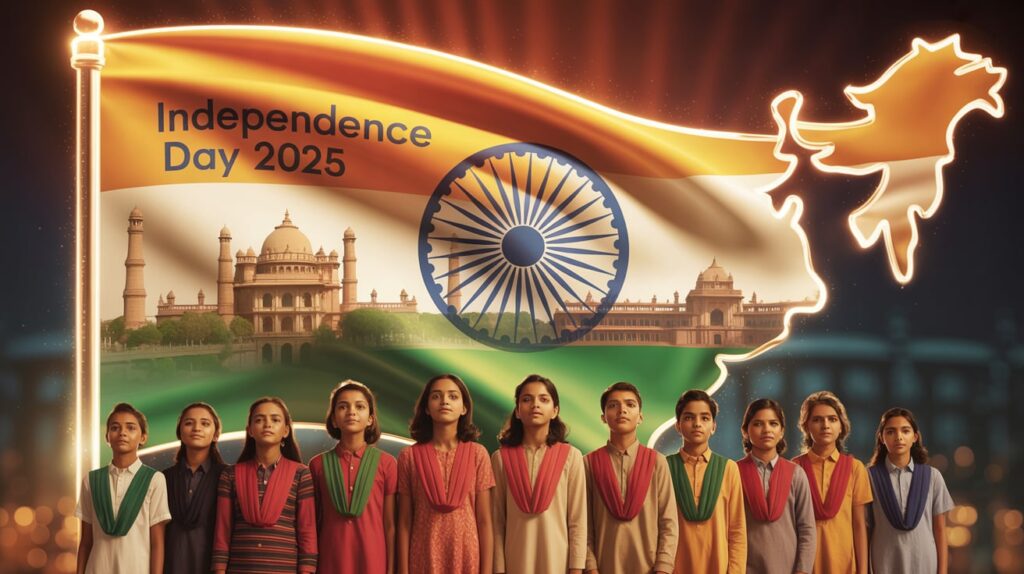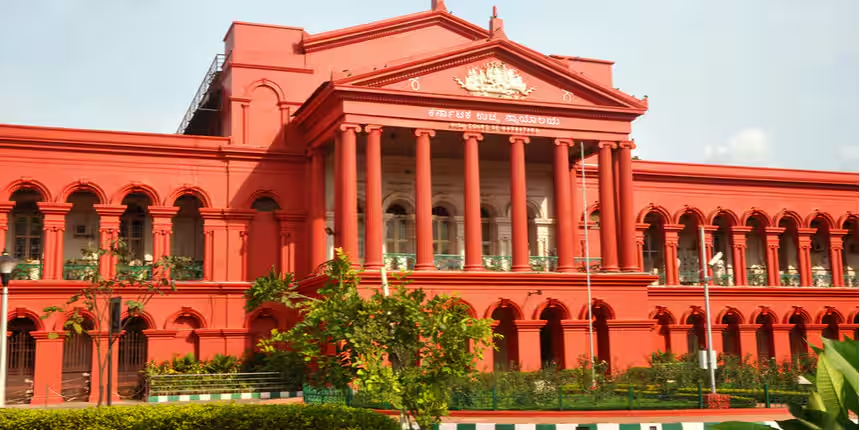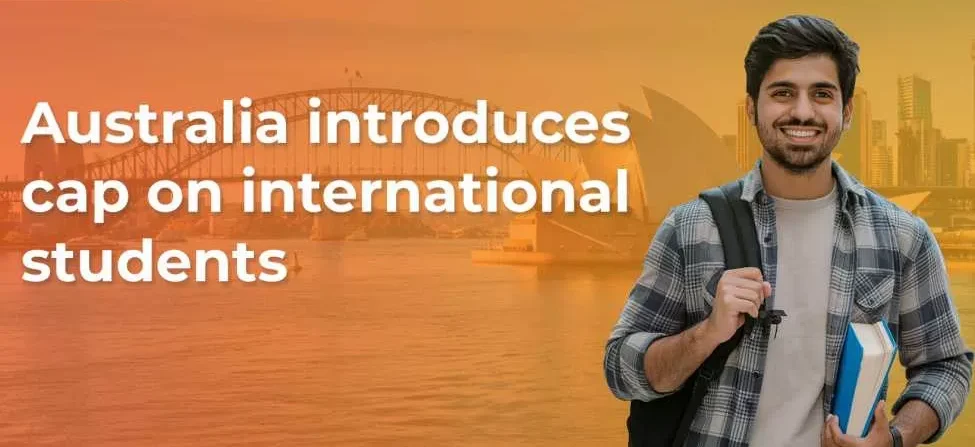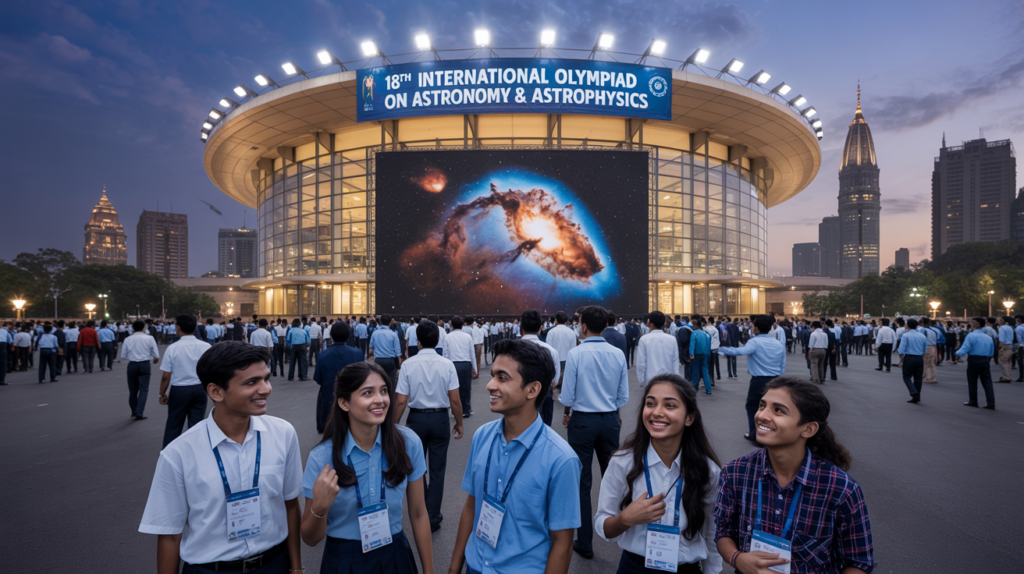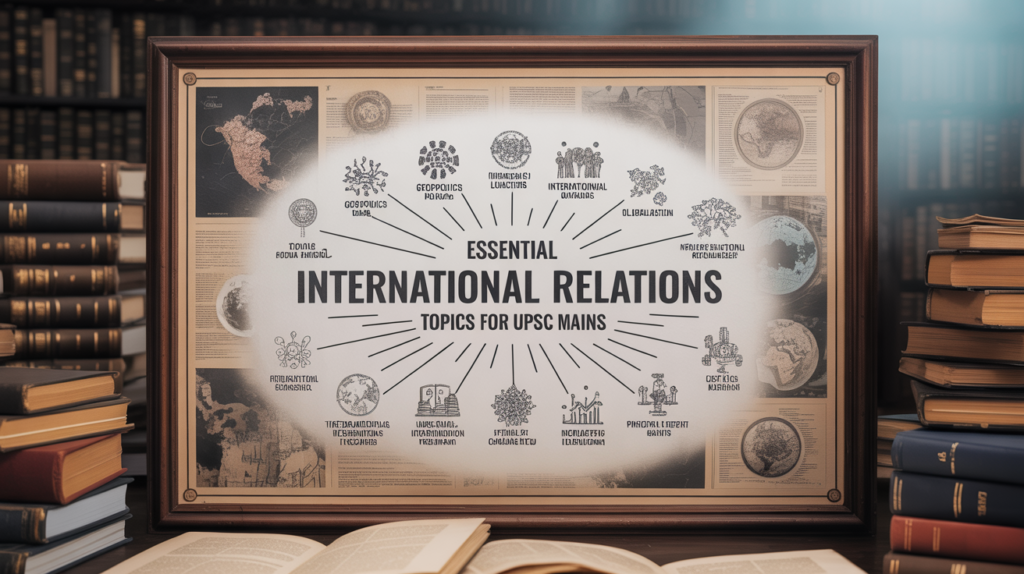Student Union Protests State Moves Toward Privatizing Education in Bengaluru | MCQs & FAQs for Competitive Exams
Student Union Protests State Moves Toward Privatizing Education in Bengaluru The Student Union Protests State Moves Toward Privatizing Education in Bengaluru have created significant buzz in the education sector. The All India Democratic Students’ Organisation (AIDSO) has raised concerns about the Karnataka government’s policies, claiming they aim to privatize school education and weaken the public schooling system. The protests demand improved infrastructure, better teacher recruitment, and enhanced facilities for government schools rather than shifting responsibility to private entities. This development is crucial for students preparing for competitive exams, as it relates to education policy, governance, and student activism in India. Below, we cover key facts, MCQs, and FAQs on this trending issue. ✅ Key Highlights of the Issue What Happened? The Student Union Protests State Moves Toward Privatizing Education in Bengaluru after the government introduced new policies perceived as favoring private institutions. Who is Protesting? AIDSO and other student unions. Main Demand: Strengthen public schools instead of pushing privatization. Why Important? Education is a fundamental right, and privatization could create inequality. Impact: Policy debates on equitable access to education in Karnataka and across India. ✅ Why is This Important for Students? For UPSC, SSC, Banking, and State PSC exams, current affairs questions often include education policy issues and student movements. The Student Union Protests State Moves Toward Privatizing Education in Bengaluru reflect governance challenges, making it a vital topic for exams and essay writing. ✅ 30 MCQs on Student Union Protests State Moves Toward Privatizing Education in Bengaluru Q1. Which student organization is leading the protests against education privatization in Bengaluru? A) NSUIB) ABVPC) AIDSOD) AISF ✔ Answer: C) AIDSOExplanation: The All India Democratic Students’ Organisation (AIDSO) is at the forefront of the Student Union Protests State Moves Toward Privatizing Education in Bengaluru. Q2. What is the primary reason for the protests in Bengaluru? A) Reduction in tuition feesB) Government policy favoring privatization of educationC) Appointment of private teachers in collegesD) Digitalization of school exams ✔ Answer: B) Government policy favoring privatization of educationExplanation: The protests began due to concerns that the government is trying to privatize education. Q3. Which city witnessed these protests? A) ChennaiB) HyderabadC) BengaluruD) Kochi ✔ Answer: C) BengaluruExplanation: The Student Union Protests State Moves Toward Privatizing Education in Bengaluru are happening in the capital of Karnataka. Q4. Which state is implementing policies perceived as leading to education privatization? A) KeralaB) KarnatakaC) MaharashtraD) Tamil Nadu ✔ Answer: B) KarnatakaExplanation: The Student Union Protests State Moves Toward Privatizing Education in Bengaluru are targeted at Karnataka’s government. Q5. What is the major demand of protesting students? A) Free laptops for studentsB) Strengthening government schoolsC) Building more private schoolsD) Removal of online classes ✔ Answer: B) Strengthening government schoolsExplanation: Students want the government to improve public education instead of favoring privatization. Q6. Which constitutional article guarantees the right to education in India? A) Article 14B) Article 19C) Article 21AD) Article 32 ✔ Answer: C) Article 21AExplanation: The Right to Education is guaranteed under Article 21A, making the Student Union Protests State Moves Toward Privatizing Education in Bengaluru significant. Q7. When was the Right to Education Act implemented in India? A) 2002B) 2005C) 2009D) 2012 ✔ Answer: C) 2009Explanation: The RTE Act, 2009, ensures free and compulsory education for children aged 6–14. Q8. Which slogan is associated with protests against privatization of education? A) Education for AllB) Digital IndiaC) Skill IndiaD) Learn with Fun ✔ Answer: A) Education for AllExplanation: Students emphasize public education for all, opposing privatization. Q9. Which sector would be most impacted by privatization according to the students? A) HealthB) Primary and Secondary EducationC) Higher Education onlyD) IT sector ✔ Answer: B) Primary and Secondary EducationExplanation: The protests focus on protecting public schooling systems from privatization. Q10. Which body can legislate on education under the Indian Constitution? A) Only State GovernmentB) Only Central GovernmentC) Both Central and State GovernmentsD) Panchayats ✔ Answer: C) Both Central and State GovernmentsExplanation: Education is a Concurrent List subject, so both can make laws. Q11. Which global organization advocates free and quality education for all? A) WTOB) WHOC) UNESCOD) UNICEF ✔ Answer: C) UNESCOExplanation: UNESCO campaigns for inclusive and equitable education, aligning with the spirit of the Student Union Protests State Moves Toward Privatizing Education in Bengaluru. Q12. What is the primary risk of excessive privatization in education? A) Increase in teacher salariesB) Digitalization of educationC) Inequality in access to educationD) Increase in scholarships ✔ Answer: C) Inequality in access to educationExplanation: Privatization can make education expensive, reducing accessibility. Q13. Which commission first recommended universal education in India? A) Kothari CommissionB) Mudaliar CommissionC) National Knowledge CommissionD) Malhotra Commission ✔ Answer: A) Kothari CommissionExplanation: The Kothari Commission emphasized the need for free and compulsory education. Q14. Which law regulates private schools in India? A) University Grants Commission ActB) Right to Education ActC) Indian Penal CodeD) Companies Act ✔ Answer: B) Right to Education ActExplanation: The RTE Act also governs norms for private schools. Q15. Which Karnataka city is the IT hub and the center of these protests? A) MysuruB) BengaluruC) HubballiD) Mangaluru ✔ Answer: B) BengaluruExplanation: The protests are centered in Bengaluru, Karnataka’s capital. Q16. Who is the current Education Minister of Karnataka (as of 2025)? A) B.C. NageshB) Madhu BangarappaC) Basavaraj BommaiD) Priyank Kharge ✔ Answer: B) Madhu BangarappaExplanation: He holds the education portfolio, hence the Student Union Protests State Moves Toward Privatizing Education in Bengaluru target his policy decisions. Q17. Which policy document introduced NEP 2020? A) HRD Ministry GazetteB) Union BudgetC) Parliamentary BillD) State Policy Circular ✔ Answer: A) HRD Ministry GazetteExplanation: The NEP 2020 is a national-level reform impacting education. Q18. What is the key feature of NEP 2020? A) 10+2 structureB) 5+3+3+4 structureC) Free schooling up to 12thD) Privatization mandate ✔ Answer: B) 5+3+3+4 structureExplanation: The NEP introduced the 5+3+3+4 curriculum structure. Q19. Which act makes elementary education free and compulsory? A) RTE Act, 2009B) Education Act, 2005C) Sarva Shiksha Abhiyan ActD) NEP Act ✔ Answer: A) RTE Act, 2009Explanation: It guarantees free and compulsory elementary education.
